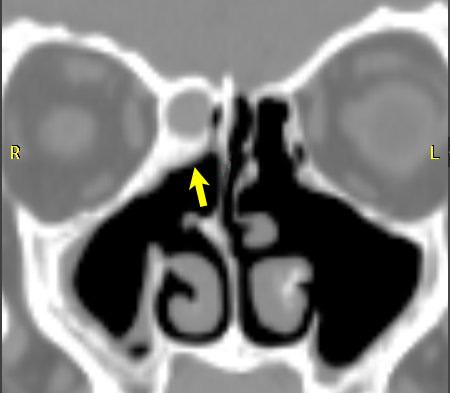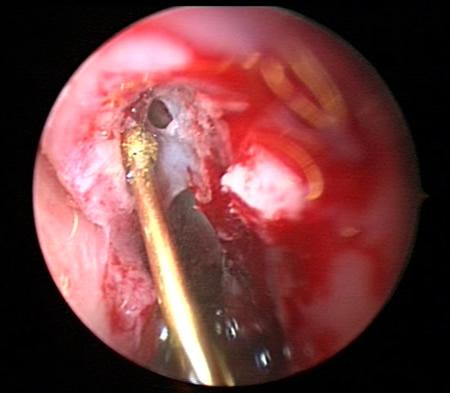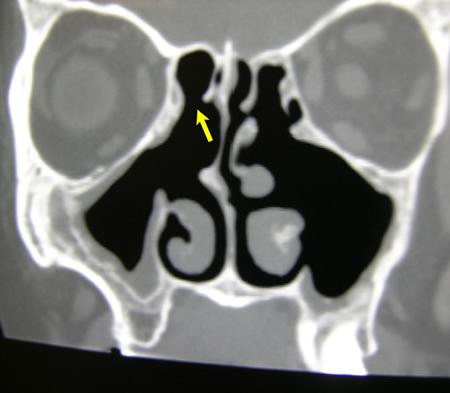Piezosurgery in Jacksonville
The bone that makes up our sinuses is relatively thin, however, sinus disease can cause it to thicken. Abnormal thick bone may need to be removed in surgery with a small drill. When removing abnormal bone, care must be taken to preserve normal bone that serves as a protective barrier to the neighboring eye and brain structures. Despite improvements in drill technology, risks and complications persist when using drills in sinus surgery due to the close proximity of the sinuses to the eye and brain structures.
A relatively new technology helps address this challenge by generating sound waves and small vibrations to remove bone.1,2 This technology is called piezosurgery or ultrasonic bone aspiration, and can remove hard bone with small fast vibrations without cutting neighboring softer tissue such as eye, brain or sinus lining membrane, as can happen with the more aggressive rotating action of a drill bit.
If you require sinus surgery and you have thick abnormal bone near a critical structure, our sinus specialists can discuss using this technology for you.



References
1. Vercellotti T, De Paoli S, Nevins M. The piezoelectric bony window osteotomy and sinus membrane elevation: introduction of a new technique for simplification of the sinus augmentation procedure. Int J Periodontics Restorative Dent 2001; 21:561-7.
2. Vercellotti T, Pollack AS. A new bone surgery device: sinus grafting and periodontal surgery. Compend Contin Educ Dent 2006; 27:319-25.
Reviewed by the board-certified ENT Doctors at North Florida Sinus Center
Still have questions? Ask one of our ENTs!